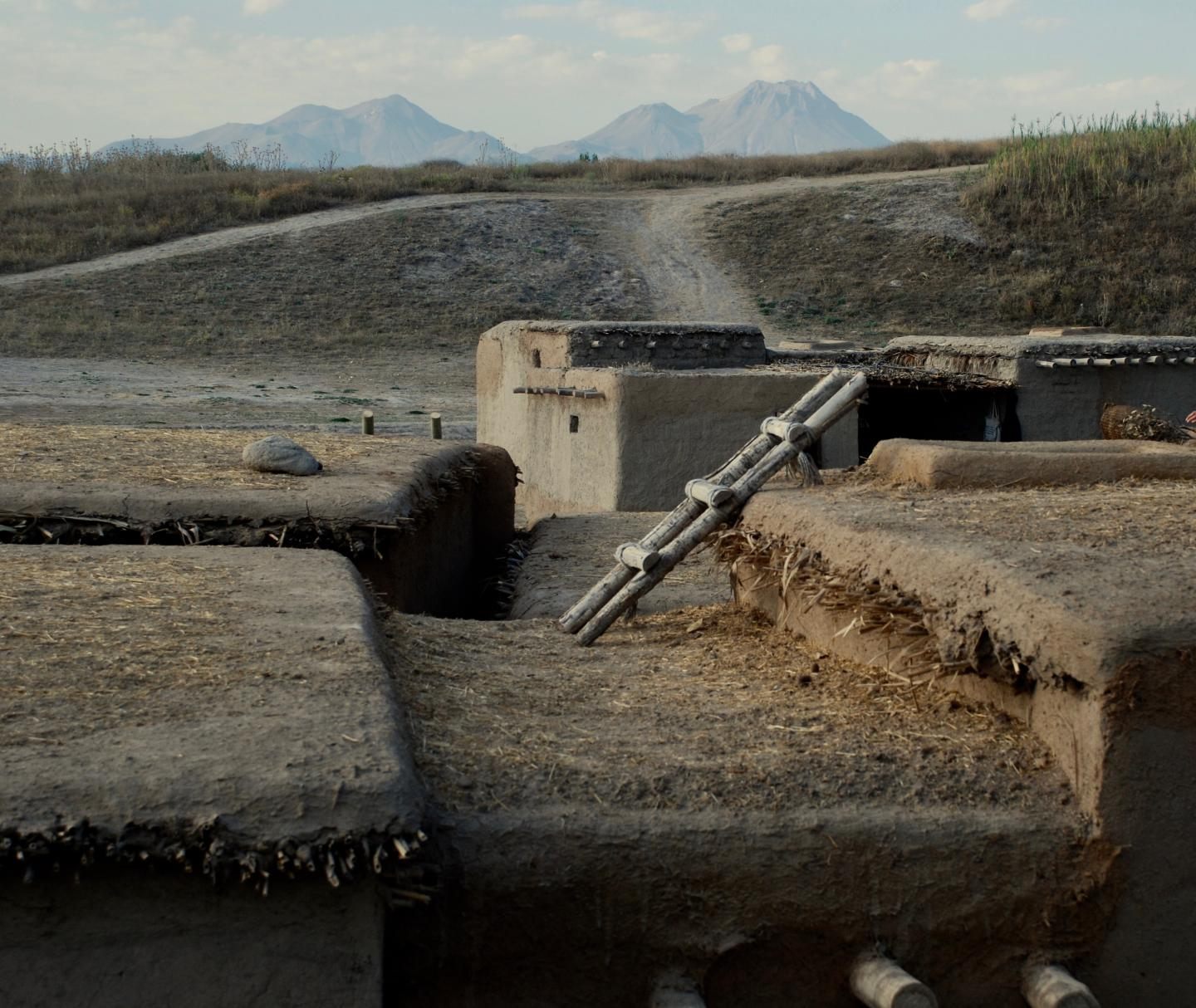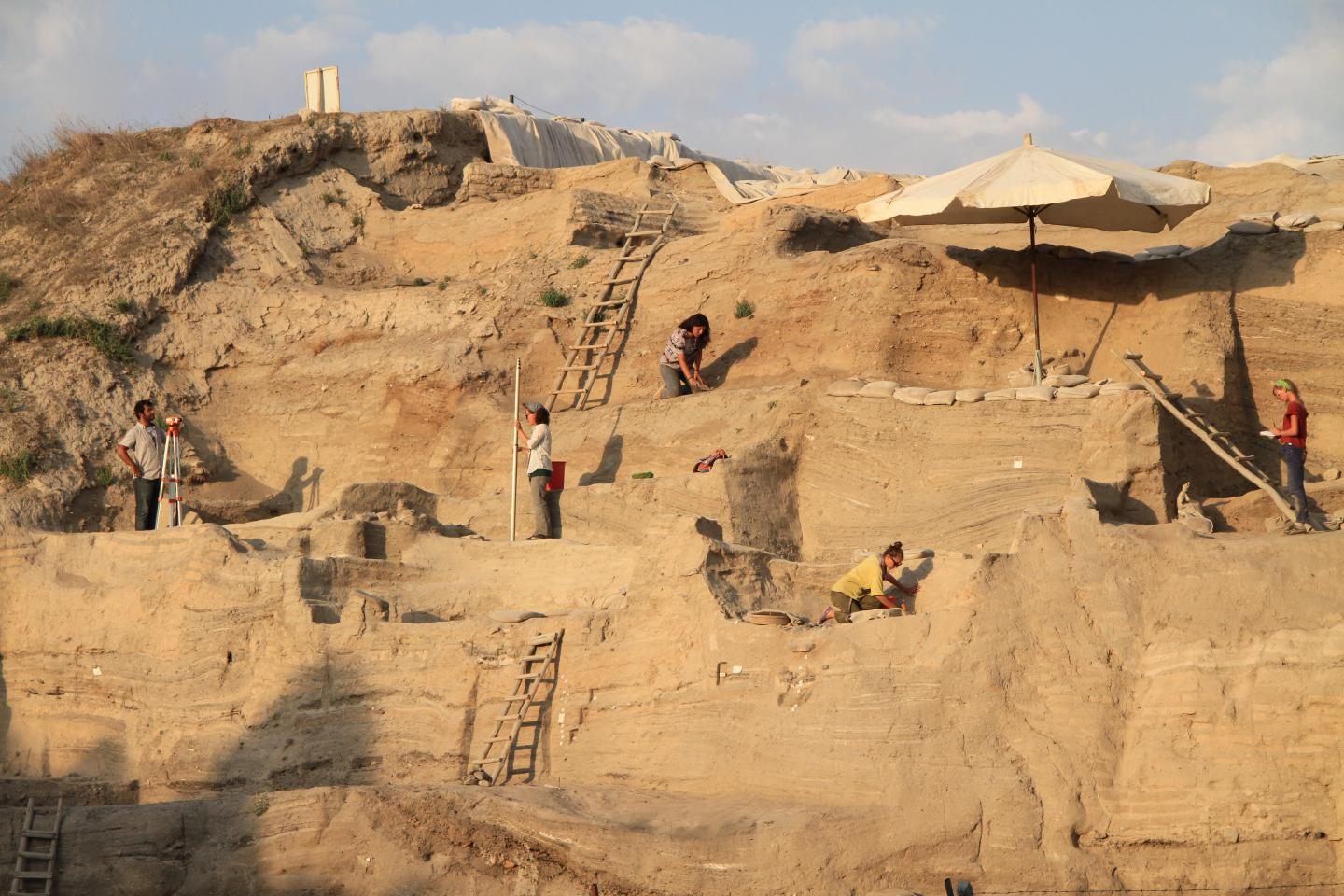What Ancient Pee Can Teach Us About the Rise of Agriculture
A conspicuous rise in urine suggests that the Neolithic Revolution took place beyond the Fertile Crescent.

While most would likely consider the invention of the toilet to be a positive development in human history, it may prove an obstacle for future researchers interested in understanding our day and age. Just ask the authors of a new study, out today in the journal Science Advances, which looks at salts deposited in ancient urine to learn about one of humankind’s most pivotal transformations.
Like the researchers who used poop remains to trace the rise and fall of Cahokia, this team used pee to outline population growth and systems of animal husbandry at Aşıklı Höyük, in present-day Turkey. The findings indicate that, around 10,000 years ago, the site saw a massive leap in its populations of humans and some animals, including goats and sheep. The hunter-gatherer society that had previously occupied the site would not have been able to achieve that kind of population growth, so the pee could point to the advent of agriculture and animal domestication, powerful engines of expansion and innovation.
Jordan Abell, the study’s lead author and a graduate student at Columbia University, says that evidence of Neolithic farming and herding has been accumulating at Aşıklı Höyük for years. Some of his co-authors had found that the more elevated, newer layers of the site contained far more sheep bones than older layers, along with evidence of animal management practices like selective culling. Abell and his colleagues knew that a larger population would have had to leave other clues behind as well. Realizing that “humans and animals pee, and when they pee, they release a bunch of salt,” the team knew just where they had to look next.

Studying the salt levels in 113 samples—including trash, bricks, and hearths—taken from different spots around the site and different moments in its history, the team saw a huge increase in salts in the layer of the site dating to about 10,000 years ago. In fact, this layer had about 1,000 times the salt of the older layers, even those that had experienced human habitation. The team did the math: They estimate that, for about 1,000 years, an average of 1,790 people and animals urinated daily at the site. (To confirm that the salts came from urine, the team accounted for salts that would have been deposited by 1,000 years of rainfall and debris, among other factors, and found that there was still salt left over.)
The study further complicates the notion that the Neolithic Revolution towards agriculture launched in the Fertile Crescent, an area comprising parts of the Middle East but stopping short of Turkey. Thanks to pee, we’re now closer to knowing that the people of Aşıklı Höyük enjoyed a similarly sedentary lifestyle at the same time.



Follow us on Twitter to get the latest on the world's hidden wonders.
Like us on Facebook to get the latest on the world's hidden wonders.
Follow us on Twitter Like us on Facebook